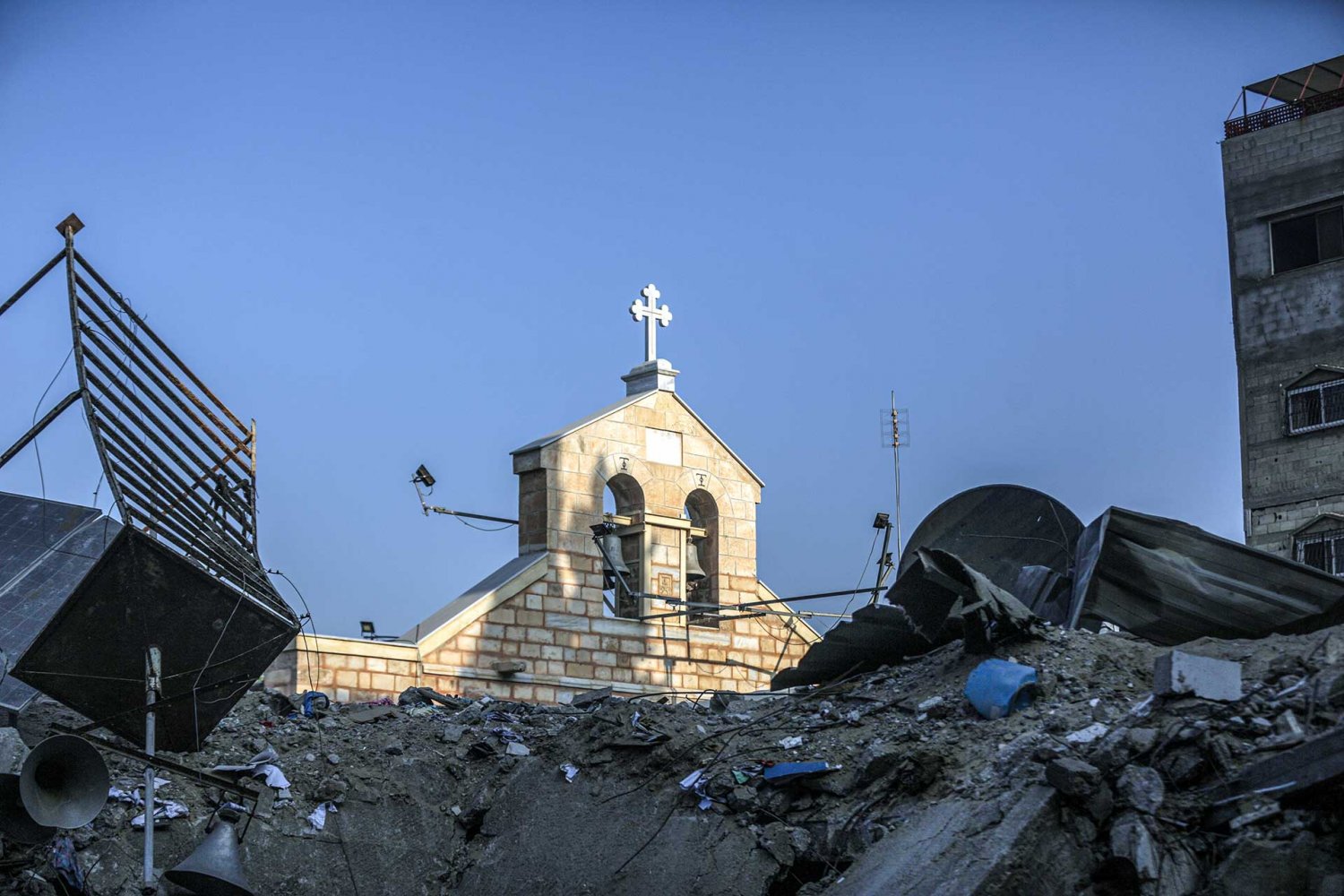Yara (a pseudonym) is a young Christian Palestinian Jerusalemite who has family members in Gaza. On Thursday, October 19, 2023, Yara and her family in Jerusalem were horrified to read that an Israeli airstrike hit the ancient Greek Orthodox Saint Porphyrius Church. Around 400 people, Yara’s family members included, had sought shelter in that church. They had had to flee their homes because they had received warnings that their homes would be bombed (which in fact happened), and they assumed they would be safe in the church.
Yara—like all Palestinians—was glued to social media platforms while following the horrendous news in Gaza. “But when it’s your own family, it hits different,” she shared with Jerusalem Story in late October. The team checked on her again in November, as conditions deteriorated (which affected her personal well-being). “I’ve had heart problems since the vicious shelling began,” she admitted, adding that her entire perception of life changed due to the war on Gaza.






